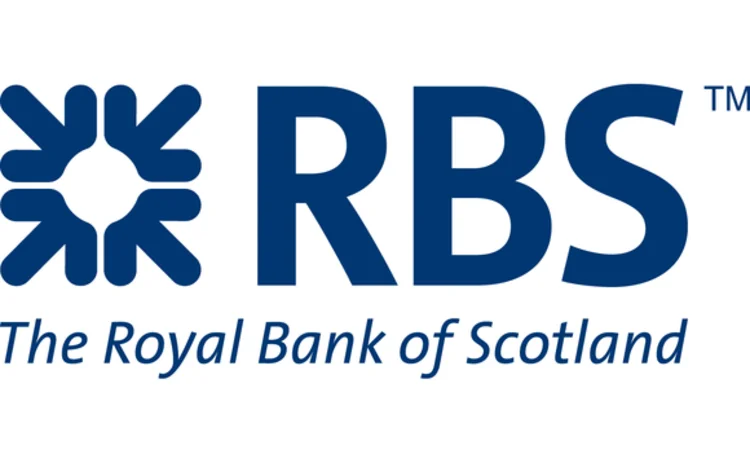
Sponsored feature: Royal Bank of Scotland

The words ‘volatility smile’, ‘skew’, ‘bias’ and ‘risk premium’ are synonymous with option market distortion and, as economist John Maynard Keynes famously said, “The markets can stay irrational a lot longer than you and I can remain solvent”.
Insurers frequently find themselves on the wrong side of the distortions but, by using efficient hedging techniques, they can identify opportunities to turn these distortions to their advantage.
Option pricing is distorted due to supply/demand imbalances and risk aversion, and this is particularly prevalent in markets used by pension funds and insurers given the directional flow of hedging activity. With Solvency II bringing €7 trillion of insurance assets under one regulatory framework, the resulting asset reallocation will only act to increase the distortion. For example, the long-dated GBP inflation option market reveals clear market distortion due to supply/demand imbalances, resulting from the nature of pension fund liabilities. These liabilities increase with the retail price index (RPI) but with a cap (typically 5%) and a floor (typically 0%) known as limited price indexation (LPI).
Following a short period of negative inflation post-Lehman Brothers, there was a surge in demand from insurers and pension funds to hedge this exposure using LPI swaps, embedding a 0% floor and a 5% cap. This has introduced such a high degree of skew into the options markets that the cost of the 0% floor is higher than the cost of the 5% cap.
Efficient hedging
The Royal Bank of Scotland (RBS) has developed a unique framework to look at these distortions in a quantitative fashion. It uses market prices to back out implied distributions for financial markets and compare these to clients’ real-world views.
The framework can be used to understand the distortions and enable clients to assess the cost of hedging in terms of reduced return versus the benefit of reduced risk.
Figure 1 illustrates this by comparing the market-implied cost of an LPI [0,5] swap with a real-world fair-value cost where volatility skew has been removed.
The obvious difference is that the fair-value curve shows a negative spread to RPI – the 5% cap is, as it should be, more expensive than the 0% floor. Given current RPI levels, this intuitively feels correct but the imbalances have altered the market dynamics.
Practical application
General insurers often have an inflation exposure, for example, through payment protection orders. But, unlike annuity firms or pension funds, it is not explicitly linked to RPI. A small move in the RPI market swap curve is of little concern, but a period of high inflation would be costly.
RBS has worked with a number of insurers that have bought 5% caps to limit their exposure to persistent high inflation and benefit from the relatively cheap hedging cost as a result of the market distortion. The efficiency of the hedge is further enhanced through selling a 0% floor to fund the trade – the exact opposite trade to the pension fund LPI [0,5] swap.
View the article in PDF format
Sponsored content
Copyright Infopro Digital Limited. All rights reserved.
You may share this content using our article tools. Printing this content is for the sole use of the Authorised User (named subscriber), as outlined in our terms and conditions - https://www.infopro-insight.com/terms-conditions/insight-subscriptions/
If you would like to purchase additional rights please email info@risk.net
Copyright Infopro Digital Limited. All rights reserved.
You may share this content using our article tools. Copying this content is for the sole use of the Authorised User (named subscriber), as outlined in our terms and conditions - https://www.infopro-insight.com/terms-conditions/insight-subscriptions/
If you would like to purchase additional rights please email info@risk.net